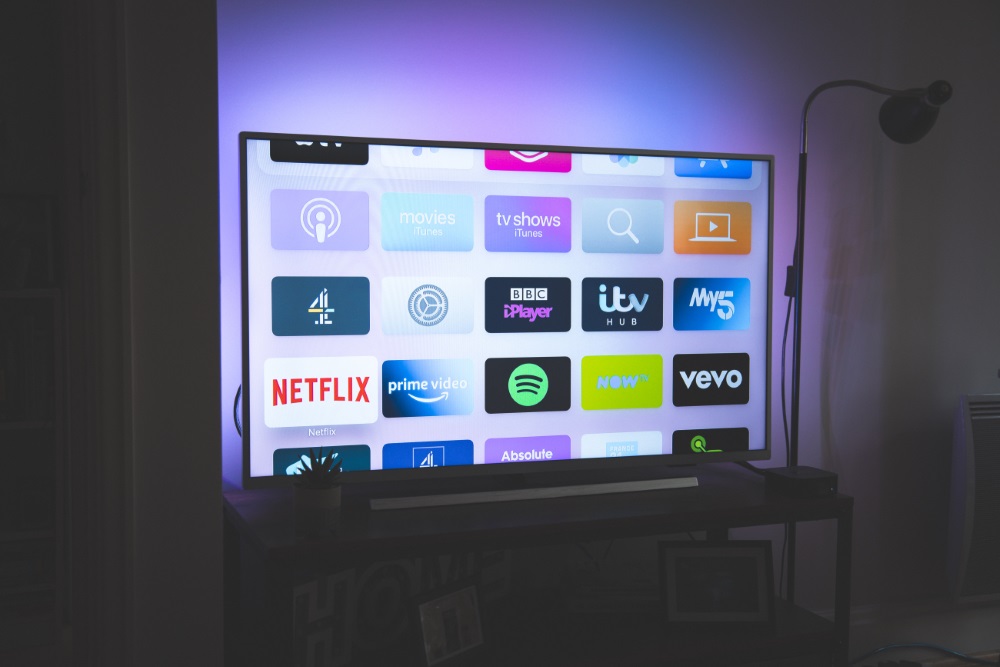Teremoana Seguin (Class of 2022)
The Streaming Platform Boom


The first time I heard about VOD was 15 years ago. As with every technological change there came a handful of promises and prophecies: democratization of revenue sharing business model, direct to consumer approach, potential end of TV broadcast era, etc.
For years we waited for signs of such disruption, but none of these really happened until recently. Now revenue sharing is just an option besides minimum guarantee or flat fee deals, direct to consumer principle has led to the creation of hundreds of mainstream or niche VOD platforms and the TV industry is still alive.
VOD platforms always sold the idea of long tail effect and direct to consumer business in the digital era. With the speed and scale of technology enabling platforms and services to access customers worldwide at an even lower marginal cost, it seems to be finally happening. But how does this impact the content business distribution?
For the time being it’s an opportunity for content providers. As with all the players in the game, whether it is Peacock, HBO Max, Netflix, Amazon or Disney + and Hulu, there is a high demand for content, and in 2020 this demand has skyrocketed because of the COVID-19 Pandemic keeping populations at home.
People stuck at home have turned to streaming platforms in an unprecedented proportion, leading to fast growth of subscribers for existing services while accelerating the launch of new platforms. For example, DISNEY + has reached 60 million subscribers less than a year after its launch, while NETFLIX added 30 million since the beginning of 2020, reaching near 200 million subscribers.
While a content distribution company could start its own platform, it’s a totally different strategy that requires large investments and time for building your brand name and audience, which doesn’t necessarily make economic sense compared to aggregating curated content for licensing to already established streaming platforms with a subscriber base.
Another type of streaming platform uses advertisement-based model offering content on a “freemium” base, which includes ads in a similar way to what YouTube is doing. This has the potential to tap into a market segment of people who are not willing to pay or cannot afford subscriptions.
In the USA, for example, Comcast owned platform Peacock offers a freemium service, which will help grow and retain Comcast TV subscribers, whilst creating new digital advertising revenues from the 10Millions users acquired since their launch in April 2020. VIACOM, another mass media company which owns PLUTO TV with 16Million users, basically aggregates and edits channels which offer content with targeted ads.
In developing markets such as South East Asia or Africa, populations cannot afford a subscription and have no incentive to pay because of content piracy habits. In such areas, people are willing to watch ads to access content for free, however, this situation in the long term needs massive investment into local content to be sustainable, which is why a number of streaming platforms like HOOQ or IFLIX failed after only a few years.
Looking at Asia, there is a clear domination in the streaming war from the giants made in China. Tencent Video and iQiyi are the two leading players with 112 million subscribers and 119 million subscribers, respectively. Alibaba’s Youku Tudou has an estimated 90 million-100 million subscribers.
These 3 tech companies compete in China on several levels as they all offer international content, invest massively in their own production, and generate advertising revenues. However, they don’t have direct competition from NETFLIX by regulation or AMAZON Prime because they already exited the market after they never really took off.
Out of these 3 players, Tencent and IQIYI are considering a potential strategy of consolidation in mainland China, potentially creating the largest streamer in the world with 230 million subscribers. On the international side, they both started to expand outside of China, with local offices across Asia, but recently Tencent took it further with the acquisition of struggling ad-based platform IFLIX in South East Asia, which will provide access to 30 million users across 19 countries. Here again, with the solid investment and ad sales business from Tencent, this could mean more sustainable revenues for content creators or distributors.
What is interesting, is that market size aside, compared to US streaming players the 3 Chinese tech giants already have a fully integrated ecosystem of their own, which does not rely on content streaming revenues only. This could be another story to talk about, in which we explore the place of streaming platforms in the larger ecosystem war of tech and communication giants.

Industry: TV Content Distribution
Company: Harbour Rights
Job Title: Managing Director













